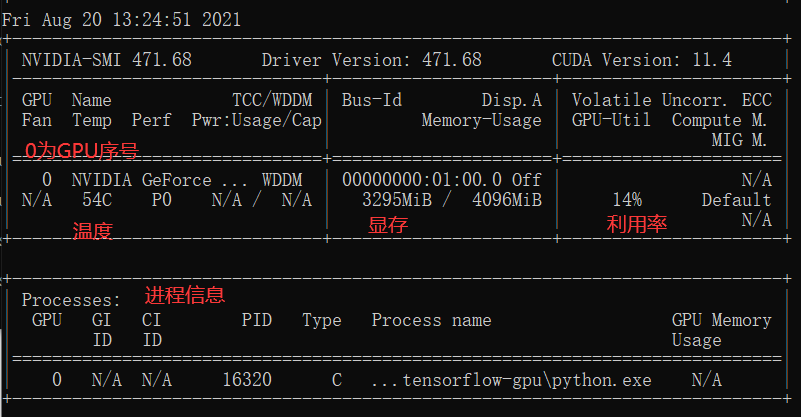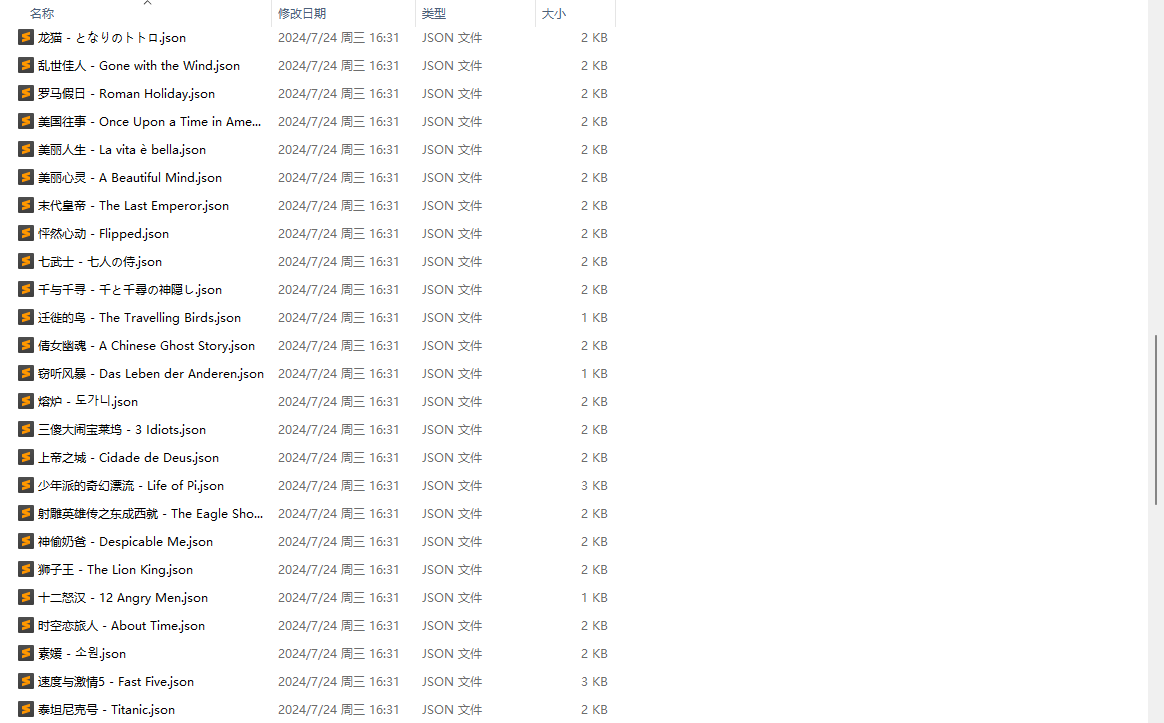50. 压缩文件:
python">import zipfilewith zipfile.ZipFile("file.zip", "r") as zip_ref:zip_ref.extractall("extracted")
51. 数据库操作:
python">import sqlite3conn = sqlite3.connect("my_database.db")
cursor = conn.cursor()
cursor.execute("CREATE TABLE IF NOT EXISTS users (id INTEGER PRIMARY KEY, name TEXT)")
conn.commit()
conn.close()
52. 网络请求:
python">import requestsresponse = requests.get("https://www.example.com")
53. 多线程:
python">import threadingdef my_thread():print("Thread running")thread = threading.Thread(target=my_thread)
thread.start()
thread.join()
54. 多进程:
python">import multiprocessingdef my_process():print("Process running")process = multiprocessing.Process(target=my_process)
process.start()
process.join()
55. 进程池:
python">from multiprocessing import Pooldef my_function(x):return x*xwith Pool(5) as p:print(p.map(my_function, [1, 2, 3]))
56. 队列:
python">from queue import Queueq = Queue()
q.put(1)
q.put(2)
q.get()
57. 协程:
python">import asyncioasync def my_coroutine():await asyncio.sleep(1)print("Coroutine running")asyncio.run(my_coroutine())
58. 异步IO:
python">import aiohttp
import asyncioasync def fetch(url):async with aiohttp.ClientSession() as session:async with session.get(url) as response:return await response.text()loop = asyncio.get_event_loop()
loop.run_until_complete(fetch("https://www.example.com"))
59. 信号处理:
python">import signaldef handler(signum, frame):print("Signal handler called with signal", signum)signal.signal(signal.SIGINT, handler)
60. 装饰器的实现:
python">def my_decorator(func):def wrapper(*args, **kwargs):print("Before function call")result = func(*args, **kwargs)print("After function call")return resultreturn wrapper
61. 基于类的装饰器:
python">class MyDecorator:def __init__(self, func):self.func = funcdef __call__(self, *args, **kwargs):print("Before function call")result = self.func(*args, **kwargs)print("After function call")return result
62. 模块和包的导入:
python">from my_package import my_module
63. 相对导入:
python">from .my_module import my_function
64. 集合操作:
python">set1 = {1, 2, 3}
set2 = {2, 3, 4}
set1 & set2 # 交集
set1 | set2 # 并集
set1 - set2 # 差集
65. 集合方法:
python">my_set.add(5)
my_set.remove(5)
66. 字典方法:
python">my_dict.keys()
my_dict.values()
my_dict.items()
67. 对象方法:
python">class MyClass:def method(self):passobj = MyClass()
obj.method()
68. 类方法:
python">class MyClass:@classmethoddef method(cls):pass
69. 静态方法:
python">class MyClass:@staticmethoddef method():pass
70. 上下文管理器的实现:
python">class MyContextManager:def __enter__(self):passdef __exit__(self, exc_type, exc_val, exc_tb):passwith MyContextManager():pass
71. 元类:
python">class MyMeta(type):def __new__(cls, name, bases, dct):return super().__new__(cls, name, bases, dct)
72. 装饰器链:
python">@decorator1
@decorator2
def my_function():pass
73. 属性的getter和setter:
python">class MyClass:def __init__(self, value):self._value = value@propertydef value(self):return self._value@value.setterdef value(self, new_value):self._value = new_value
74. 文件操作:
python">with open("file.txt", "r") as file:content = file.read()
75. with语句:
python">with open("file.txt", "r") as file:content = file.read()
76. yield语句:
python">def my_generator():yield 1yield 2yield 3
77. 生成器表达式:
python">gen = (x**2 for x in range(10))
78. 列表方法:
python">my_list.append(5)
my_list.remove(5)
79. 元组解包:
python">a, b, c = (1, 2, 3)
80. 字典解包:
python">def my_function(a, b, c):passmy_dict = {'a': 1, 'b': 2, 'c': 3}
my_function(**my_dict)
81. 循环中断:
python">for i in range(10):if i == 5:break
82. 循环跳过:
python">for i in range(10):if i == 5:continue
83. 异步编程:
python">import asyncioasync def my_coroutine():await asyncio.sleep(1)asyncio.run(my_coroutine())
84. 类型检查:
python">isinstance(5, int)
85. 序列化和反序列化:
python">import pickledata = {"name": "John", "age": 30}
with open("data.pkl", "wb") as file:pickle.dump(data, file)with open("data.pkl", "rb") as file:data = pickle.load(file)
86. 文件读取模式:
python">with open("file.txt", "r") as file:content = file.read()
87. 文件写入模式:
python">with open("file.txt", "w") as file:file.write("Hello, World!")
88. 上下文管理器:
python">with open("file.txt", "r") as file:content = file.read()
89. 命令行参数解析:
python">import argparseparser = argparse.ArgumentParser(description="My program")
parser.add_argument("name", type=str, help="Your name")
args = parser.parse_args()
90. 模块导入:
python">import my_module
91. 包导入:
python">from my_package import my_module
92. 包的相对导入:
python">from .my_module import my_function
93. 动态属性:
python">class MyClass:def __init__(self):self.dynamic_attr = "I am dynamic"
94. 动态方法:
python">def dynamic_method(self):return "I am dynamic"MyClass.dynamic_method = dynamic_method
95. 类的单例模式:
python">class Singleton:_instance = None
96. 类的工厂模式:
python">class Factory:def create(self, type):if type == "A":return A()elif type == "B":return B()
97. 依赖注入:
python">class Service:def __init__(self, dependency):self.dependency = dependency
98. 抽象类:
python">from abc import ABC, abstractmethodclass AbstractClass(ABC):@abstractmethoddef my_method(self):pass
99. 接口:
python">from abc import ABC, abstractmethod
class Interface(ABC):@abstractmethoddef method(self):pass
这些知识点涵盖了Python编程的基本语法和常用功能。希望对你有帮助!






